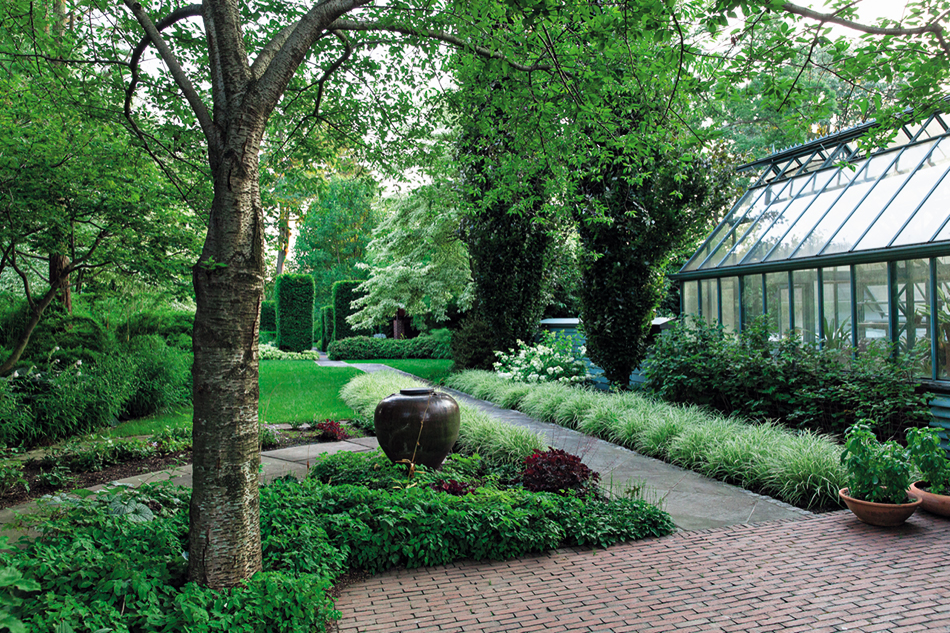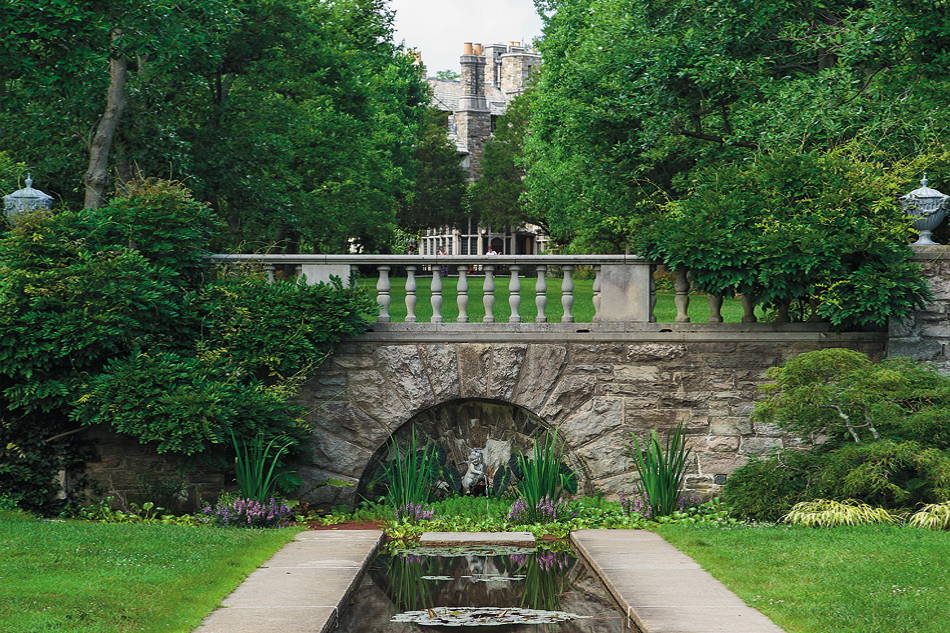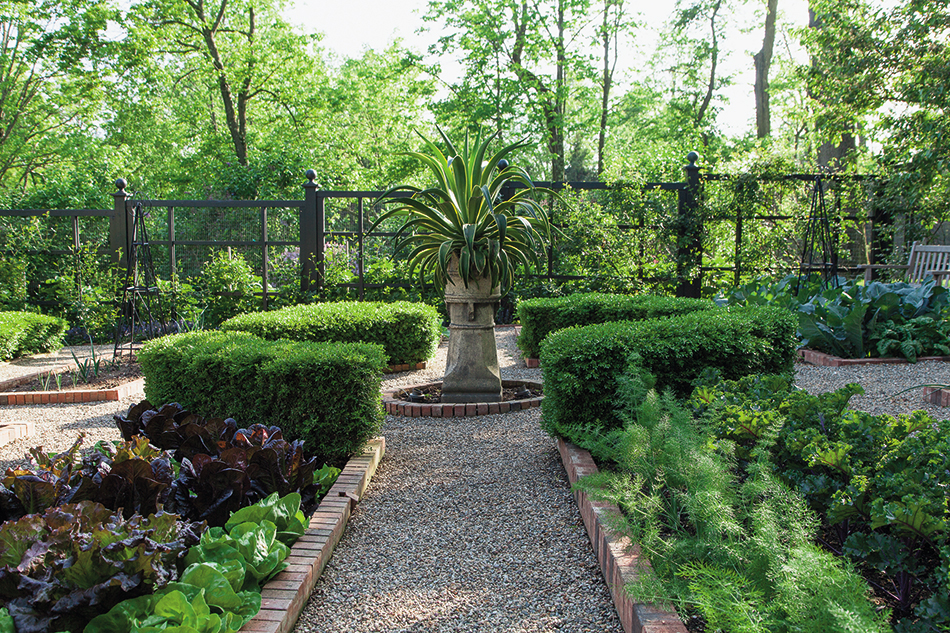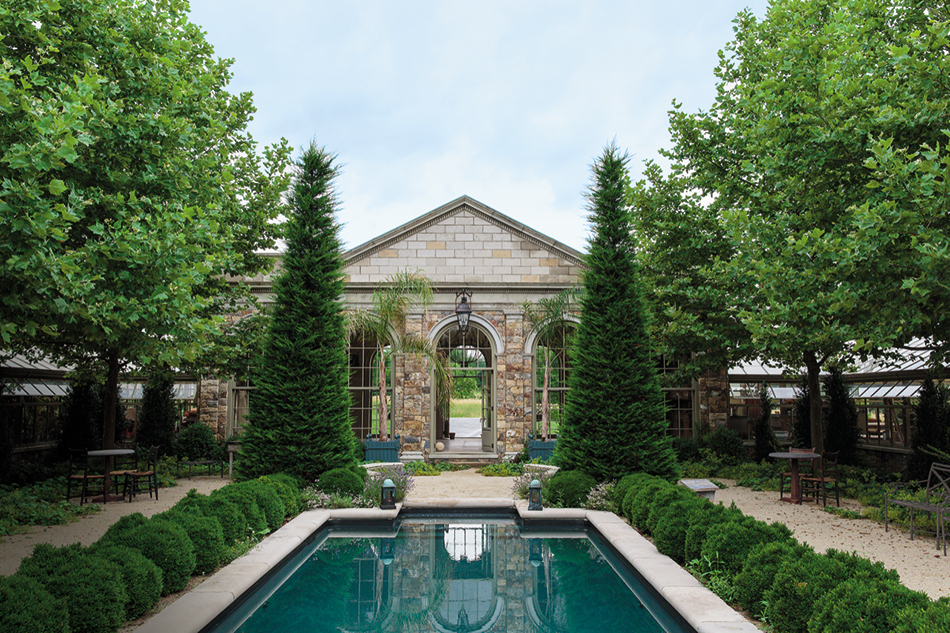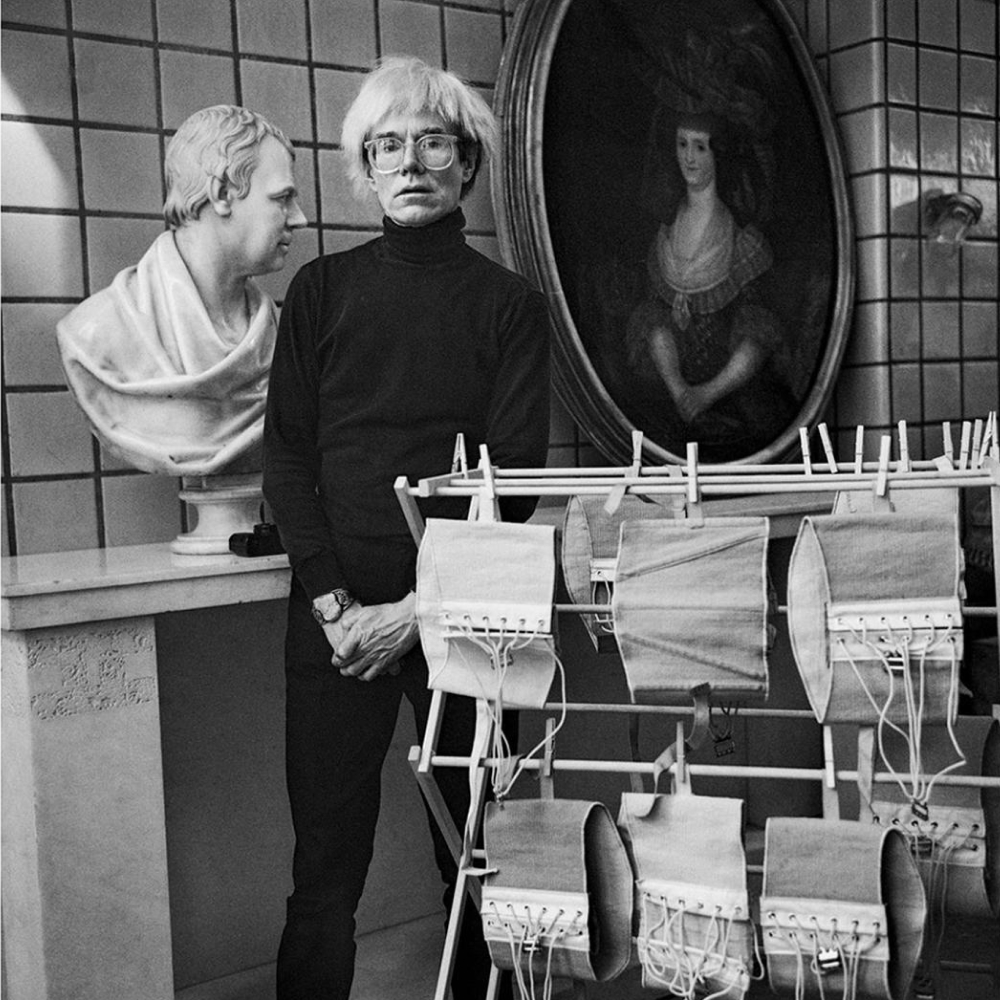
October 29, 2014Above: The Leonard J. Buck Garden, in New Jersey’s Far Hills, provided the initial inspiration to garden writers Susan Lowry (top left) and Nancy Berner. Top: A wisteria pergola at Cross Estate, in Bernardsville. All photos © 2014 Gemma and Andrew Ingalls, Ingalls Photography, courtesy of The Monacelli Press
While promoting their 2002 guidebook to New York City gardens, Nancy Berner and Susan Lowry spoke at a garden club in Somerset County, New Jersey, whose members advised them to visit the nearby Leonard J. Buck Garden. They were “knocked out,” says Lowry, by its astonishing rock garden, steep ravines, winding streams and rare woodland plantings. Buck, a trustee of the New York Botanical Garden, had collaborated for 30 years with Swiss landscape artist Zenon Schreiber on the 50-acre estate’s plantings and design, but because Buck wouldn’t let photographs of the garden be published, it was largely unknown until after his death in 1974, when it opened to the public.
And what happened next? “Simple,” says Berner, “we recognized our ignorance about New Jersey gardens and went back to look for more.” Back and back and back, it turns out, until they found 29 worth profiling in a book, which has taken the form of Gardens of the Garden State (The Monacelli Press; $50), with lush, transporting photographs by Gemma and Andrew Ingalls.
New Jersey is not a large state, but its diverse geography includes parts of the Appalachian Ridge and Valley; the Highlands area, noted for its many lakes and reservoirs; the Piedmont region; the farmlands of the Coastal Plain; and the Jersey Shore. Such variation means there are significant differences in climate, planting zones and terrain, a reality that is reflected in the mix of gardens — formal, woodland and naturalistic — featured in the book.
Berner and Lowry’s partnership brings to mind the adage “a marriage made in heaven.” They finish each other’s sentences and are as relaxed and comfortable as only old friends can be. They like the same kinds of plants and gardens, and (even more importantly) they like each other. “It’s a very symbiotic experience,” Berner tells Introspective about working with Lowry. “And it always seems to evolve quite naturally.”

Third-generation architect Howard Van Vleck planted Chinese wisteria in 1939 to shade his family’s Italianate Montclair villa (built by his father in 1916, next to the house his father moved to in 1872); the estate, now known as Van Vleck House and Gardens, opened to the public in the 1990s.
Susan Lowry: Nancy and I met in the early 1990s. I am Canadian, was living in Toronto and had just completed a degree in landscape architecture when my husband took a job that brought us to New York. [Her husband, Glenn Lowry, is the director of the Museum of Modern Art.] With three children and a busy husband, I realized it was not a great time to start a career as a landscape architect. Not knowing quite what I would do with myself, I decided to volunteer at the Conservancy Garden in Central Park.
Nancy Berner: I was an exile from book publishing, interested in gardening and had taken some classes at the New York Botanical Garden. As luck would have it, I was also volunteering at the Conservancy. Down on our hands and knees and deep in weeds, Susan and I quickly bonded and even discovered we had both been students at Bryn Mawr at the same time. We decided to look at some gardens in the city and the first one we picked was the Heather Garden in Fort Tryon Park. A light bulb went off when we realized what an undiscovered treasure this was and how so few people knew about it.
HOW DID YOU GO ABOUT SELECTING THE GARDENS IN THIS BOOK?
SL: The Garden Conservancy was marvelously helpful. It has an always-growing list of gardens in New Jersey on their Open Days list — seventeen of them this year! We knew we wanted a good geographic distribution, as well as many different kinds of gardens. I love public gardens as they have such interesting histories, and we have ended up with a ratio of about one third of the gardens being public. Two particularly beautiful ones in the book are the Cross Estate, in Bernardsville, and, in nearby Chester, Willowood, which is an arboretum with an extensive collection of exotic trees, established in the early twentieth century by two brothers, Hal and Robert Tubbs.
WHAT ARE SOME OF THE GARDENS THAT YOU PARTICULARLY RESPONDED TO?
SL: Frog Pond, in Princeton, was a kind of touchstone for us, and we both feel it is a perfect example of a garden in real harmony with its woodland setting. This garden is the creation of Katie Heins, who has been working on it for more than thirty years. It is packed with precious specimens, and spring comes early with magnificent witch hazels and carpets of bulbs. We were able to visit this garden several times and watch the seasons unfurl. Another surprise was the four gardens designed by Richard Hartlage — two in Nutley and two in Short Hills. He is a designer with a very contemporary aesthetic who favors big, bold plantings but likes each plant group to be carefully delineated. His choice of plants is a big part of the garden experience, and both Nancy and I are now proud owners of Calycanthus x raulstonii Hartlage Wine.
NB: Another garden that we both love is Jardin de Buis, in Pottersville. This is the garden of architect Andrea Filippone, who has transformed an abandoned dairy into a magical complex of indoor and outdoor living spaces, reminiscent of a French farmstead. She adores boxwood, has gone for a restrained plant palette and has filled her garden with salvaged artifacts such as old iron gates, finials, stone planters and reused stone pavers.

Varieties of hakonechloa, an ornamental grass native to central Japan, border the lawn at the Silas Mountsier and Graeme Hardie Gardens.
HAS DOING THIS BOOK CHANGED ANY PRECONCEPTIONS YOU MAY HAVE HAD ABOUT NEW JERSEY?
NB: Like many people who haven’t spent much time there, we were guilty of having a very dim and clichéd view of New Jersey — all highways and gritty industrial and commercial landscape, nothing green. What we found was millions of acres of preserved land and great gardens. We’d love to think that our book might open a few eyes to what’s really there and why New Jersey is indeed the Garden State.
PURCHASE THIS BOOK
Or Support Your Local Bookstore

